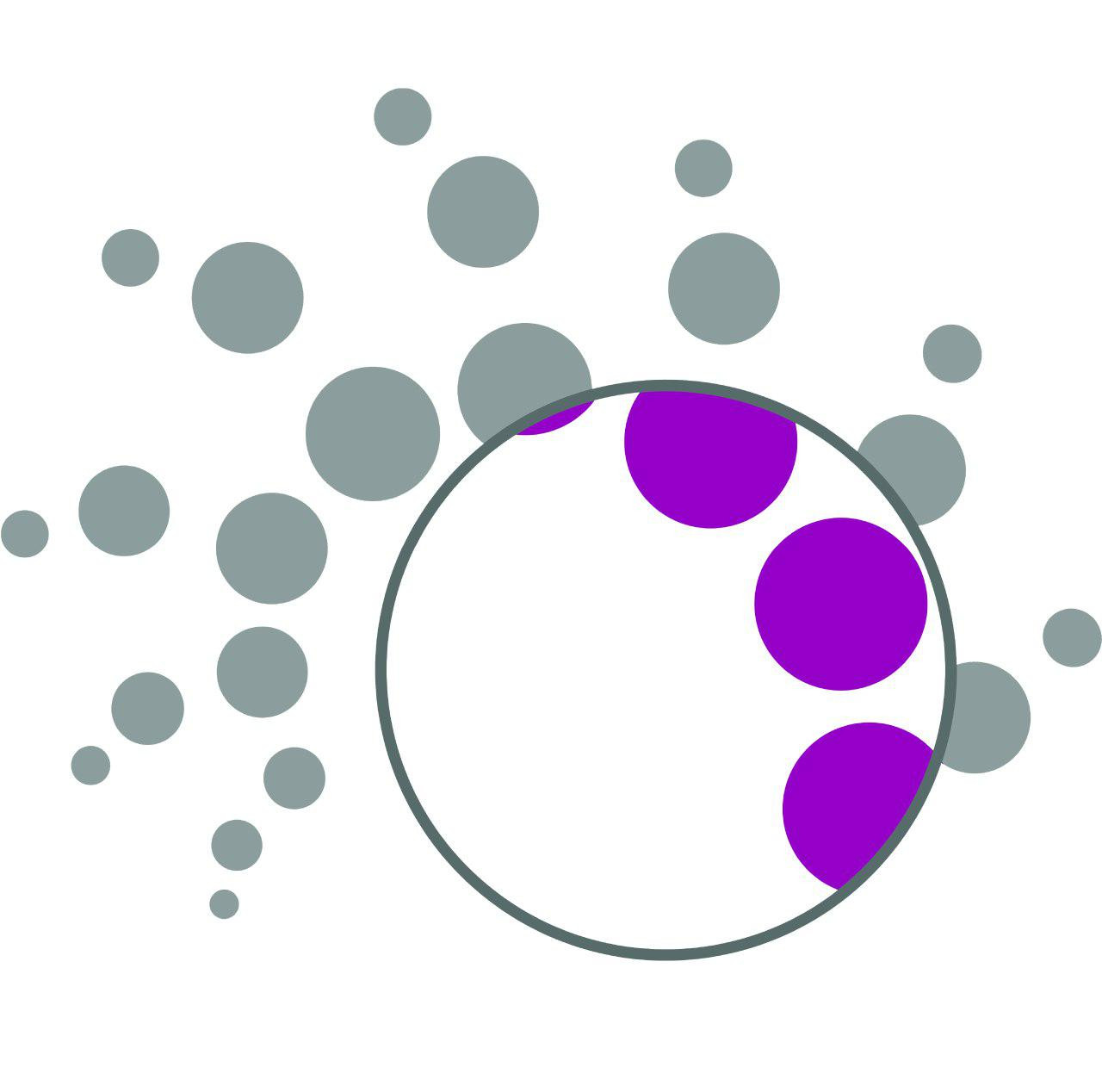Ion mobility spectrometry (IMS) was first introduced in 1970 under the name plasma chromatography. Today, this instrument is used to analyze trace amount of volatile and semivolatile compounds, explosives, drugs and environmental pollutants. One of the features of this device is its low detection limit.
The IMS instrument is comprised of four major components including: ionization source, ion gate, drift tube and detector. In operation, sample molecules in the gas phase are introduced into the reaction region along with a carrier gas and then ionized. The sample ions pass through an ion gate (shutter grid) which controls the passage of ions into the drift tube. In drift region, under the influence of an electric field, ions drift toward a detector based on their intrinsic mobility and are separated and detected depending on mass, charge, size and shape. The smaller ions move faster than larger ions through the drift tube and arrive at the detector. Thus, different ions are separated based on their mobility. Arrival of ions to the detector produces a current; this current is amplified and drawn as a function of time.
Some applications of this instrument are as follows:
Detection and identification of:
- Chemical gases (NOx, SOx, O2, CO, CO2 and halogens)
- Explosives (TNT, DNT, PETN, HMX, RDX, NG, etc.)
- Illicit drugs (morphine, codeine, cocaine, heroin, etc.)
- Drugs and vitamins
- Pesticides (insecticides, fungicides)
- Antibodies (Chloramphenicol, Furazolidone, Enrofloxacin, etc.)
The Ion Mobility Spectrometers provided by this company are designed and produced in two different models. Details of technical specifications are presented in the following Table.
This device is highly efficacious in scientific research and detection of toxic gases, food poisons and drugs. The main application of this method is detection and analysis of chemical species of gas, liquid and solid. The sensitivity of the technique is in the range of nanogram and ppb and the analysis speed is about several milliseconds. Therefore, it can be said that it is one of the common tools in the field of nanotechnology and it can be used for nanomaterials characterization.



